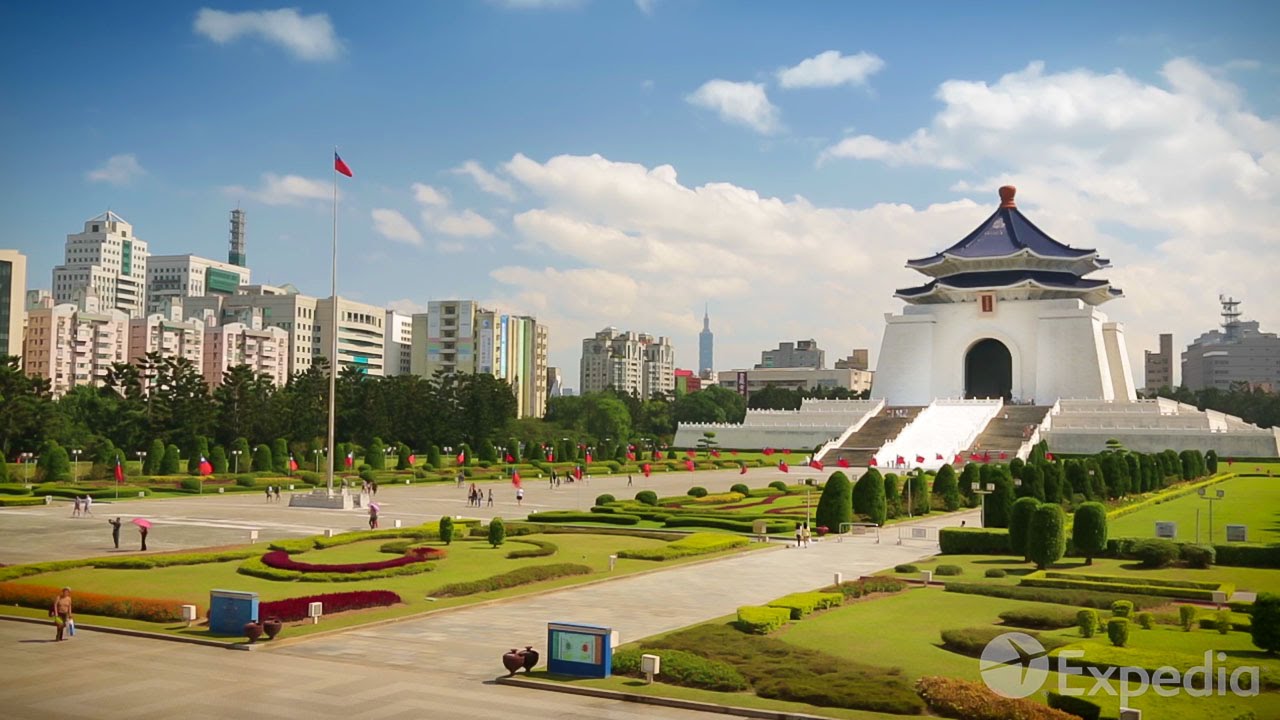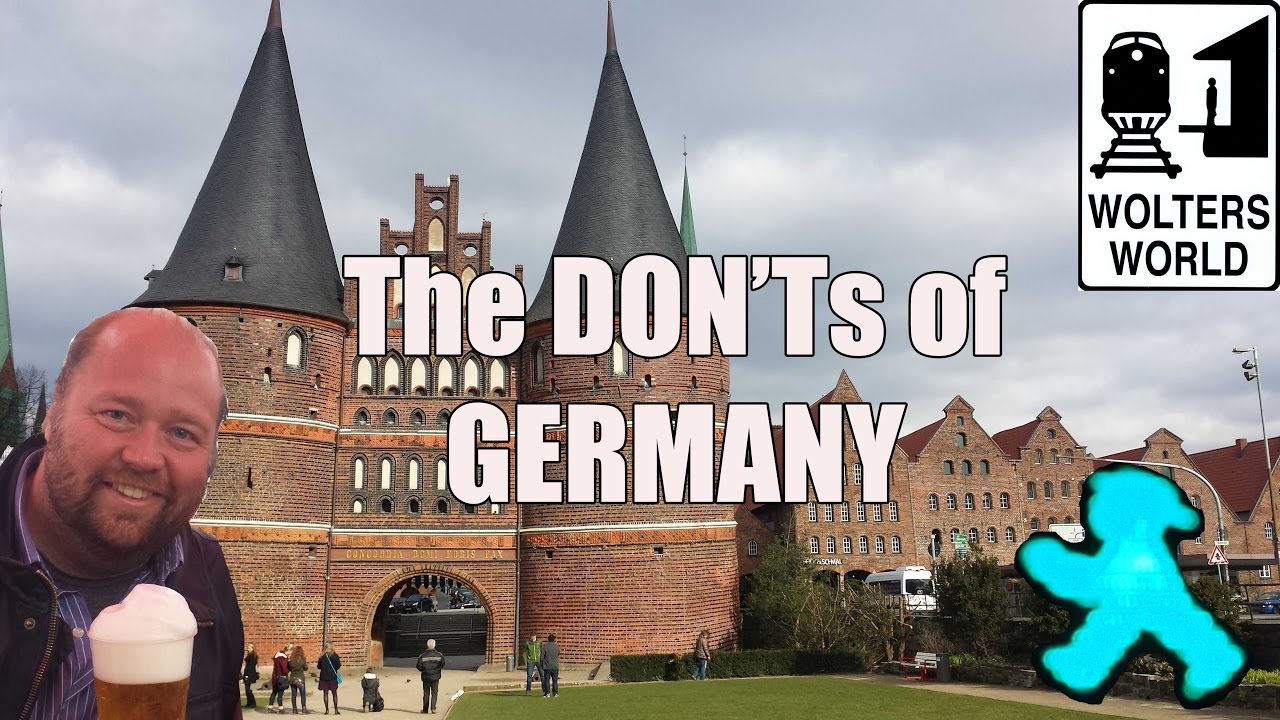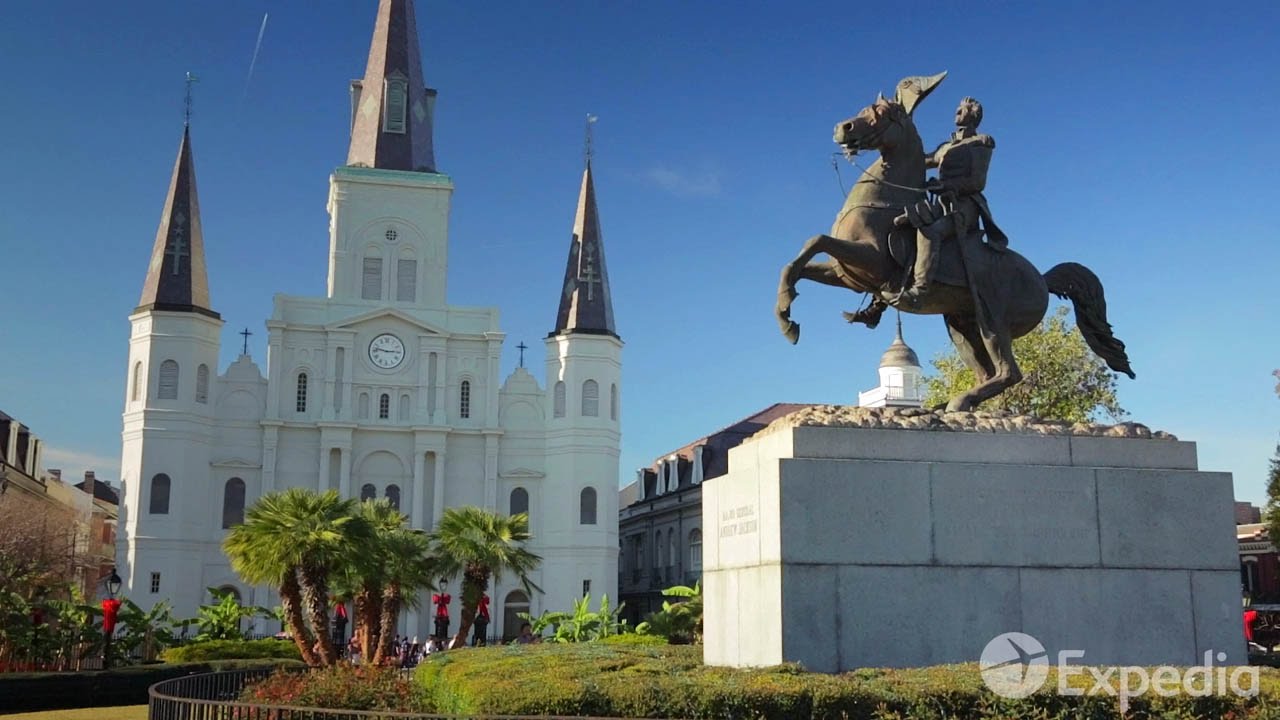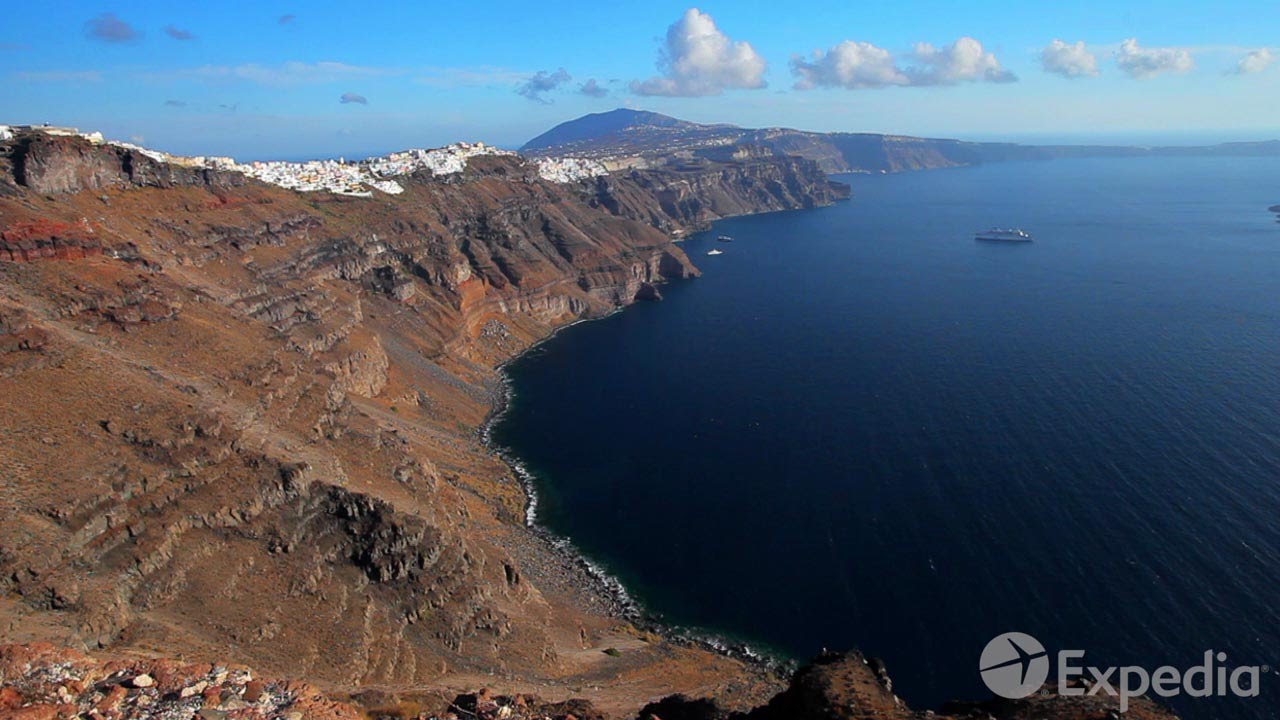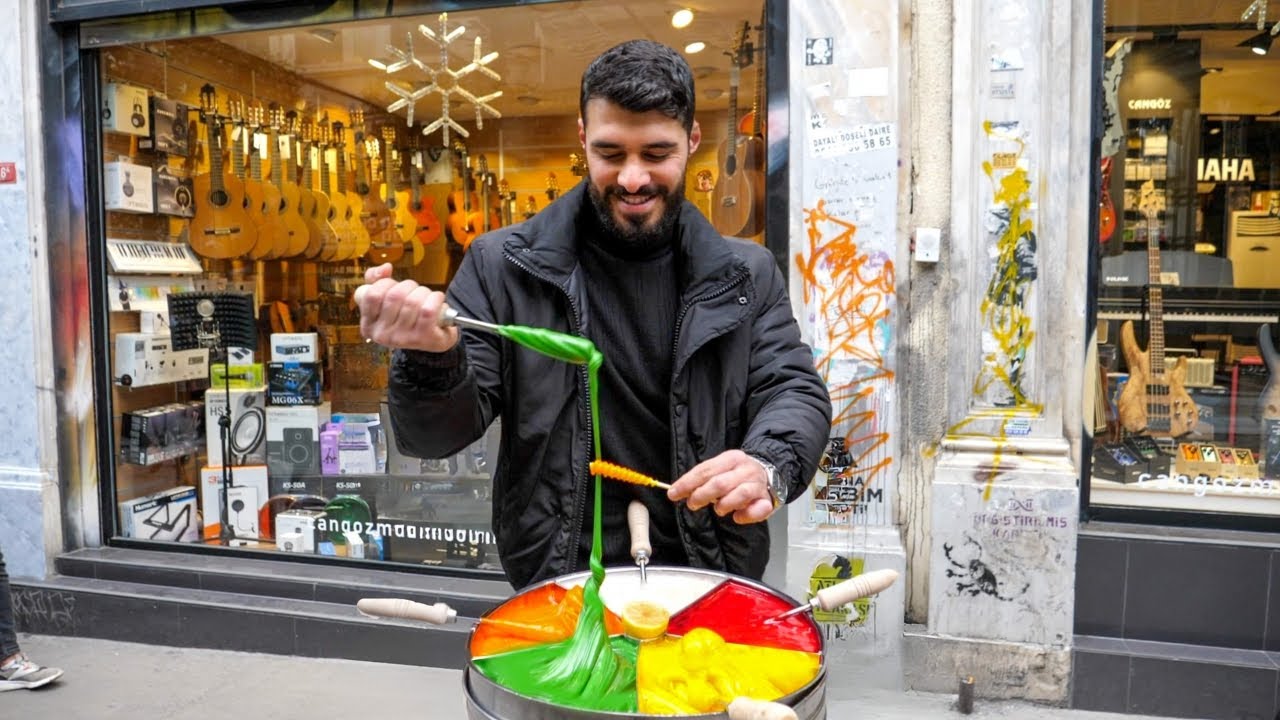Nagasaki – a charming port city with a devastating past. In this video, we explore how to make the most of this city’s cultural and …
The thriving city of Nagasaki is cradled in the lush western mountains of Japan’s Kyushu Island. An 8-hour bullet train from Tokyo, this charmingly diverse city lies on the edge of a scenic channel of the Sumo-nada Sea. In a nation isolated from the outside world for generations, Nagasaki was a gateway,
Through which knowledge and resources flowed to and from the rest of the globe. This historic harbor city is now a dynamic fusion of Japanese sophistication, which co-exists and harmonizes with elements of overseas cultures and faiths. To much of the world, the name Nagasaki
Is bound to one of the most devastating events in modern history. At 11:02 am on August 9th, 1945, World War Two’s second atomic bomb, “Fat Man,” was detonated over the city. Tens of thousands perished, and most of the northern valley was reduced to rubble and ash.
At the Peace Park in the Urakami District, a dark pillar stands under the exact location of the bomb’s detonation. Take in the surrounding art and statues, and reflect on the horror of the blast and its aftermath. Take a short walk to the Nagasaki Atomic Bomb Museum,
Founded in remembrance to all those who perished. Just across the road from the museum is The Memorial Hall. Meditate in the solemn glasshouse, and leave a message of peace before you continue on your journey. Discover a serene refuge from Nagasaki’s often-confronting history at the San’no Shrine.
These 500-year old camphor trees were a surprising survivor of the blast, and stood strong when nuclear winds flattened this part of the city. Today, they remain a symbol of Nagasaki’s resilience. Despite all odds, greenery sprang forth within a few months of the detonation, giving hope to those who were spared.
The city’s surviving residents put aside old quarrels and banded together irrespective of cultural and religious differences. Historical monuments were painstakingly rebuilt, and brick by brick, season by season, the Nagasaki way of life was restored. Today, Nagasaki invites visitors to look beyond its atomic story;
This is a city whose earliest chapters are filled with riches, and whose future pages are written with the ink of inspiration and hope. Travel to the harbor, the historic gateway which has brought travellers and trade to the nation’s shores for over 400 years. While away an afternoon in Nagasaki Seaside Park
And watch as ships cruise in and out of the channel. This is a place of relaxation and recreation, where locals unwind and enjoy their beautiful city. Take a tour from the harbor to Hashima Island, an eerie landmass which was once home to miners and their families.
The island was deserted almost overnight in the mid 1970s when coal reserves ran dry. Explore the crumbling buildings, listen to the echoes of those that called this island home, and dredge up whispers of the hardships which once occurred beneath the rocky surface. Back on the mainland,
Savor steaming fusions of Japanese and Chinese cuisine in the Shinchi Chinatown District. After filling your belly, fill your shopping bags in the Hamamachi Arcade. This warren of wellness, fashion and sweet shops is a favorite of Nagasaki, and the perfect place to immerse yourself in the city’s modern culture.
Ride the trade winds north to the Nagasaki Museum of History and Culture. Discover the fascinating story of how new faiths and peoples boosted the city’s economy, and helped Nagasaki become the multicultural beacon that it is today. Refresh your mind and spirit amidst the tranquil gardens of Sofuku-ji.
This hillside Zen temple was built by Chinese merchants who settled at the port in the 17th century. Faith is the lifeblood of Nagasaki. For centuries, conflict reigned between followers of different beliefs. But since the city’s total obliteration, its people have united in a single prayer that transcends religion. A prayer for peace.
To the north-east, a relic of traditional Shinto times lies at the base of leafy Mount Tamazono-San. The Suwa Shrine can be traced back 500 years and is believed to be the ancient dwelling place of three kami spirits, the sacred gods of the Shinto faith. As your journey reaches its peak,
Climb to one of the most epic vantage points in Japan, Mount Inasa-yama. This mountain’s protective embrace helped shield much of Nagasaki from the devastating atomic winds and today it continues to watch over the city. Gaze out in awe at the incredible beauty of a city, reborn. Nagasaki has become a beacon of hope,
Stepping out from the shadows of one of history’s darkest days and into a bright, new future. Though great suffering is woven into the fabric of this city, its light of creativity, tolerance, and forgiveness is leading the rest of the world on a pathway to peace.



